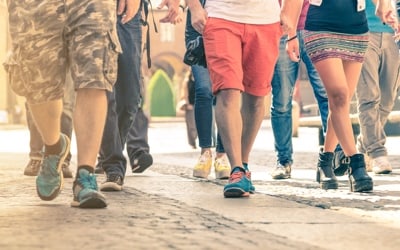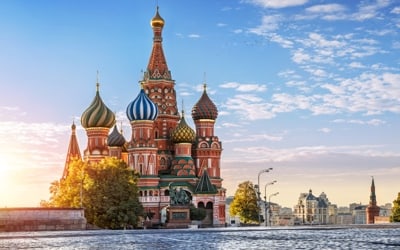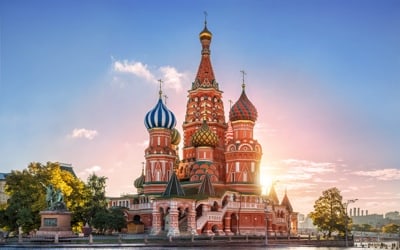
Walking Tour of the Red Square Kremlin & Alexander Garden
4 h
By walk
About this activity
During this tour you will see the Eternal Flame and the Tomb of the Unknown Soldier-Monument to Marshal Victory - GK Zhukov- Manezh Square, the Resurrection Gate, GUM and the Kazan Cathedral, the Spasskaya Tower. Entrance to Kremlin with 1 cathedral. You will be picked up at your hotel by a guide. After the tour the guide will take you back to your hotel location.
The history of Moscow begins around 1147, when Yuri Dolgoruky, Grand Duke of Kiev, built a wooden fort at the point where the Neglina and Moskva Rivers converge. The city grew rapidly and, despite being razed by the Mongols in 1208, was soon powerful enough to attain primacy among the Russian principalities, acknowledged in 1326 when the seat of the Russian Orthodox Church moved there from Vladimir.
At the same time, stone buildings began to appear in the Kremlin and, by the end of the 14th Century, the citadel was fortified with stone walls. Under Ivan the Great (1462 - 1505), the Kremlin became the centre of a unified Russian state, and was extensively remodelled, as befitted its new status. Meanwhile, Moscow spread outside the walls of the citadel, and the Kremlin became a world apart, the base of the twin powers of state and religion. This period saw the construction of the magnificent Cathedrals of the Assumption, the Annunciation and the Archangel, and the uniquely Russian Terem Palace, the royal residence. The addition of the Ivan the Great Bell Tower completed Sobornaya Square, and added to the imposing effect of the Kremlin skyline.
Ivan's descendents further developed and adapted the Kremlin complex and, even when Peter the Great moved the capital to St Petersburg, Russia's rulers continued to leave their mark on the medieval town. Peter himself built the Kremlin Arsenal, originally planned as a military museum and now occupied by a barracks, and the 18th and 19th centuries brought Neoclassical masterpieces such as the Senate Building and the Great Kremlin Palace. After the 1917 Revolution, the Kremlin regained its rightful place as the seat of the Russian government, and the legacy of the Communist era is still visible in the large red stars that top many of the defensive towers, and in the vast, modern State Kremlin Palace, originally the Palace of Congresses.
Read more
Show less
The history of Moscow begins around 1147, when Yuri Dolgoruky, Grand Duke of Kiev, built a wooden fort at the point where the Neglina and Moskva Rivers converge. The city grew rapidly and, despite being razed by the Mongols in 1208, was soon powerful enough to attain primacy among the Russian principalities, acknowledged in 1326 when the seat of the Russian Orthodox Church moved there from Vladimir.
At the same time, stone buildings began to appear in the Kremlin and, by the end of the 14th Century, the citadel was fortified with stone walls. Under Ivan the Great (1462 - 1505), the Kremlin became the centre of a unified Russian state, and was extensively remodelled, as befitted its new status. Meanwhile, Moscow spread outside the walls of the citadel, and the Kremlin became a world apart, the base of the twin powers of state and religion. This period saw the construction of the magnificent Cathedrals of the Assumption, the Annunciation and the Archangel, and the uniquely Russian Terem Palace, the royal residence. The addition of the Ivan the Great Bell Tower completed Sobornaya Square, and added to the imposing effect of the Kremlin skyline.
Ivan's descendents further developed and adapted the Kremlin complex and, even when Peter the Great moved the capital to St Petersburg, Russia's rulers continued to leave their mark on the medieval town. Peter himself built the Kremlin Arsenal, originally planned as a military museum and now occupied by a barracks, and the 18th and 19th centuries brought Neoclassical masterpieces such as the Senate Building and the Great Kremlin Palace. After the 1917 Revolution, the Kremlin regained its rightful place as the seat of the Russian government, and the legacy of the Communist era is still visible in the large red stars that top many of the defensive towers, and in the vast, modern State Kremlin Palace, originally the Palace of Congresses.
Included
- Local guide
- Professional guide
- Hotel pickup
Not included
- Transportation to/from attractions
- Gratuities
Additional
- Confirmation will be received within 48 hours of booking, subject to availability
- Not wheelchair accessible
- Minimum age is 18 years
- This is a private tour/activity. Only your group will participate
Features
Tourism
85%
Cultural
75%
Sport
25%
Collections
This experience is part of these collections
You may also like









 See all 18 Collections
See all 18 Collections
Click to discover other experiences
See all
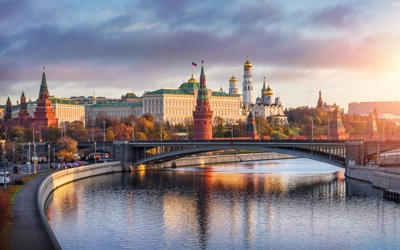
Collections
Tours & Excursions
158 Activities
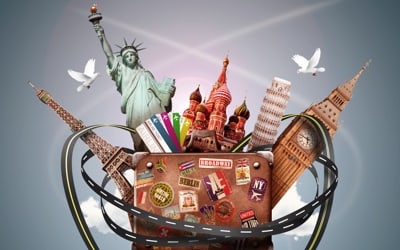
Collections
City Pass
3 Activities
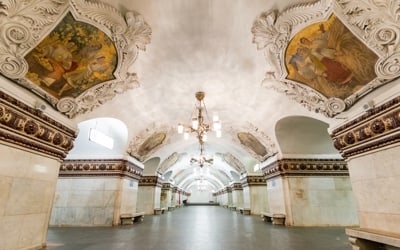
Collections
Metro tour
23 Activities
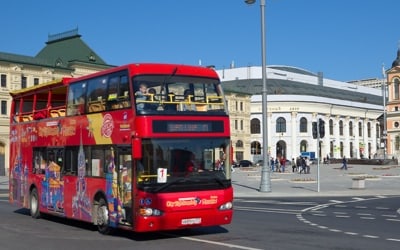
Collections
Car & Bus
12 Activities
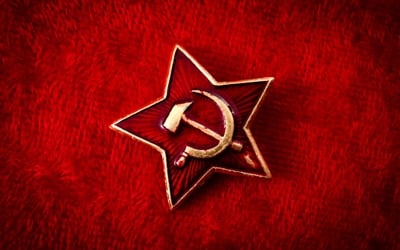
Collections
Soviet Moscow
24 Activities
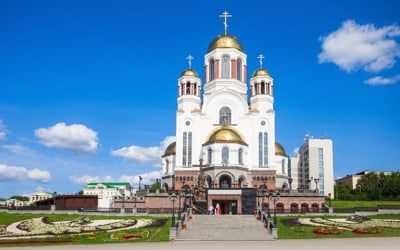
Collections
Churches & Monasteries
16 Activities
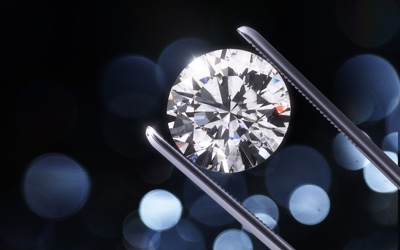
Collections
Diamond Fund
3 Activities
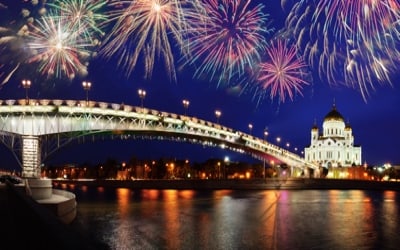
Collections
By night
8 Activities
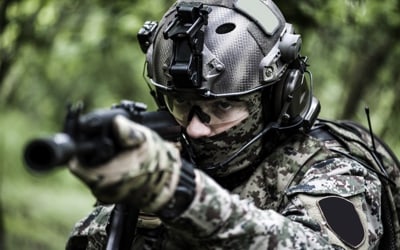
Collections
Original
18 Activities

Collections
Food & Drink
21 Activities

